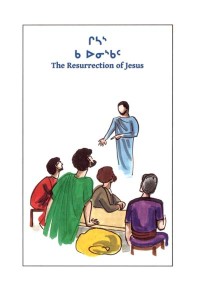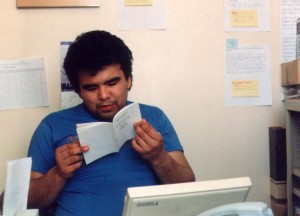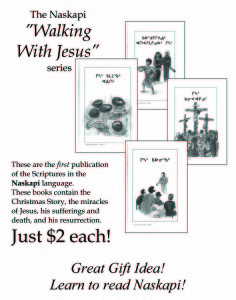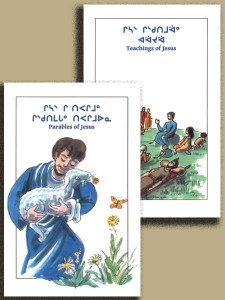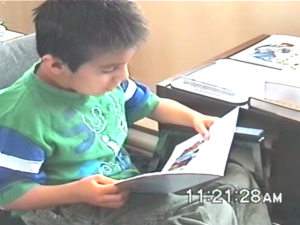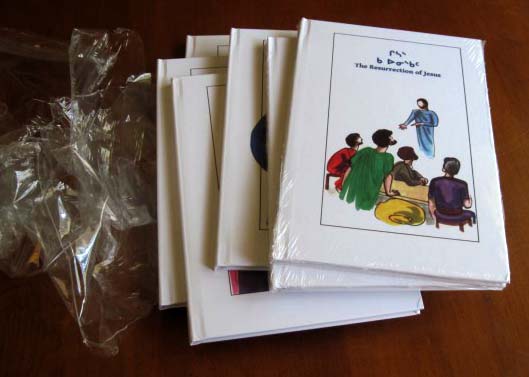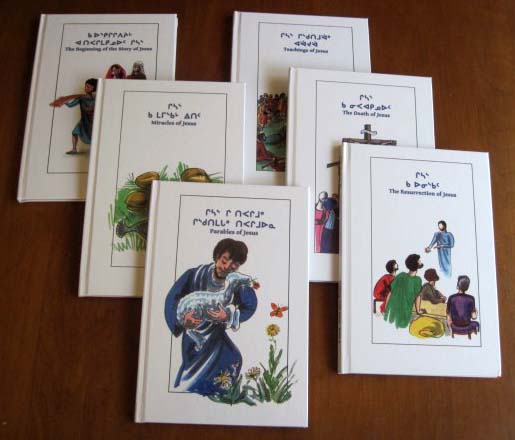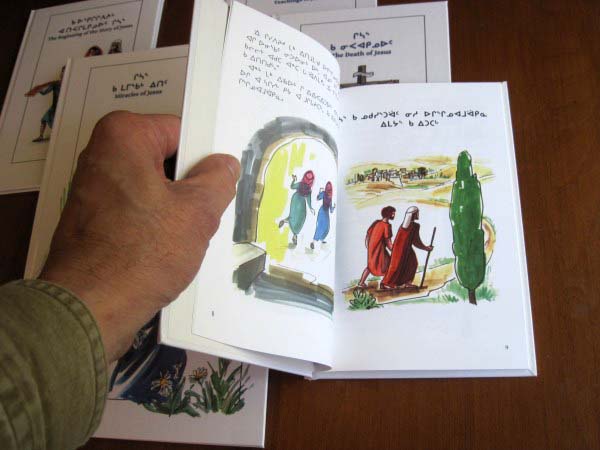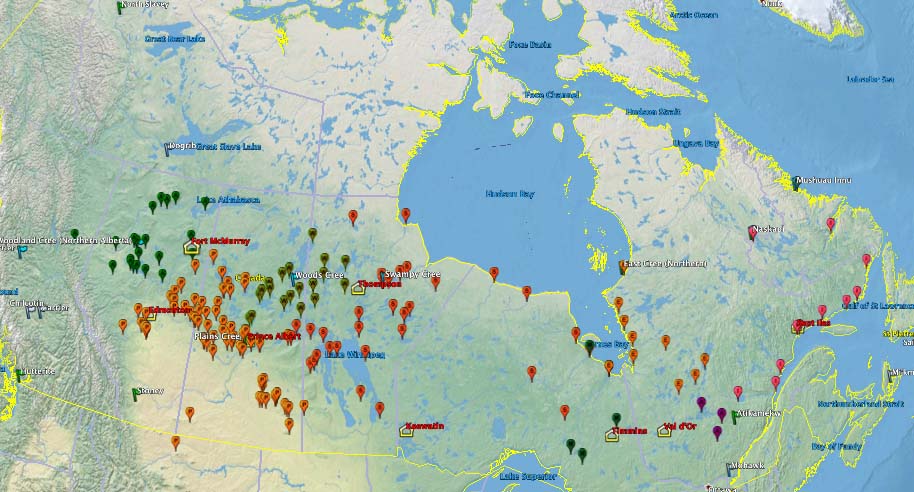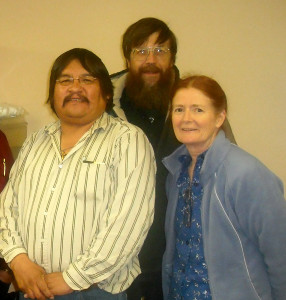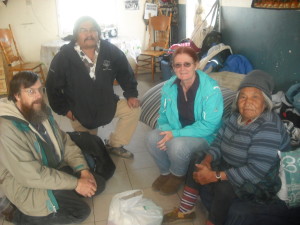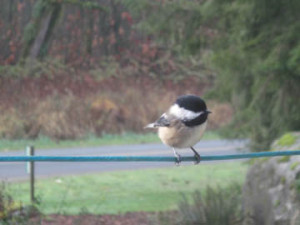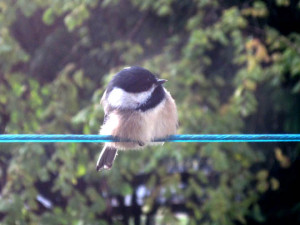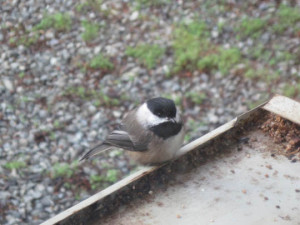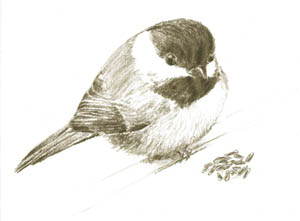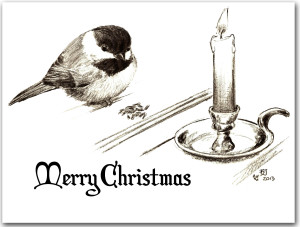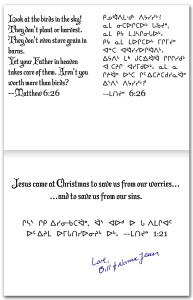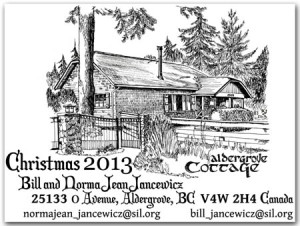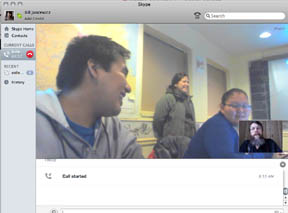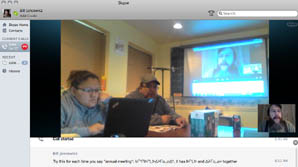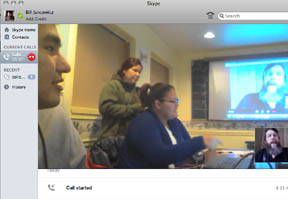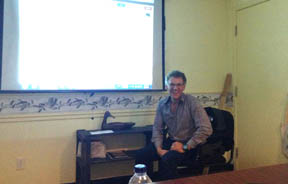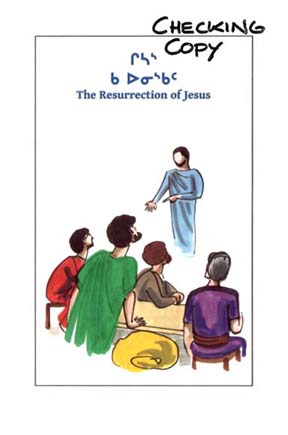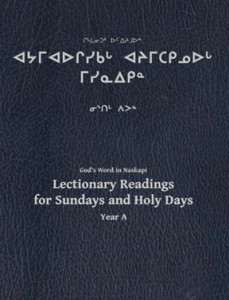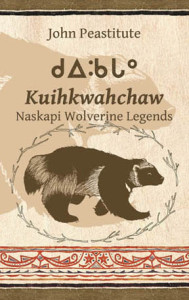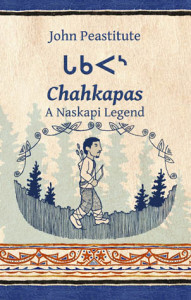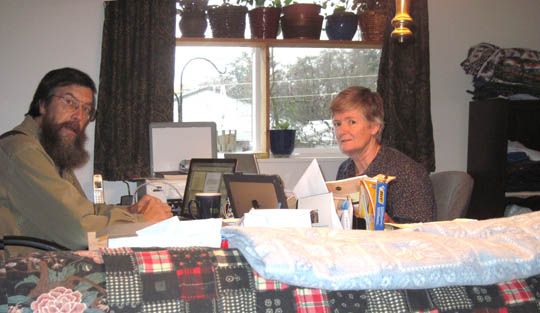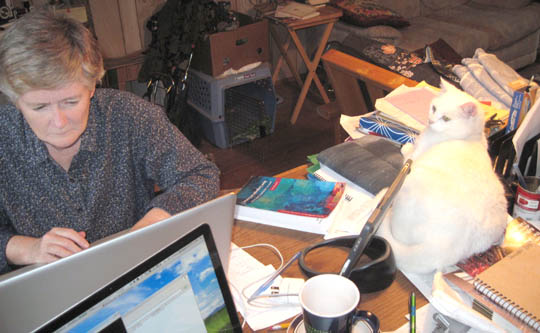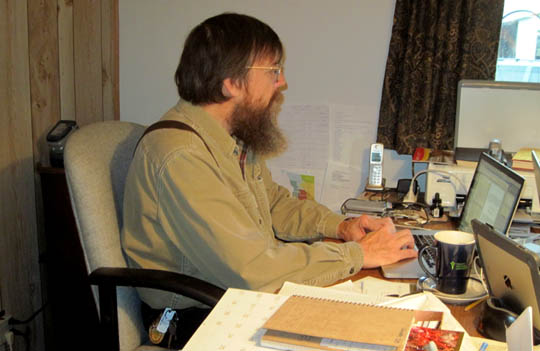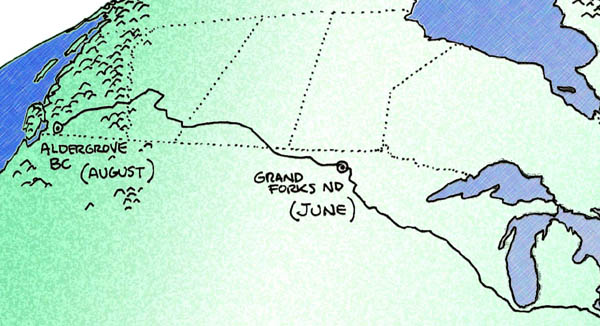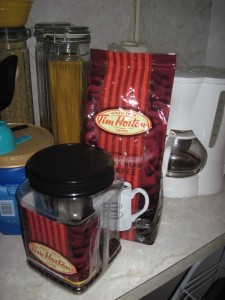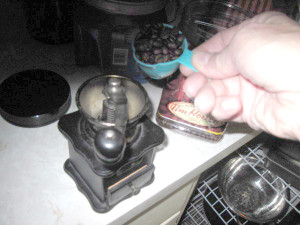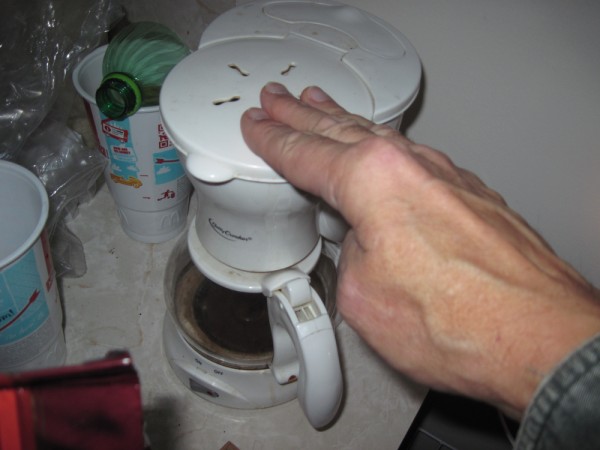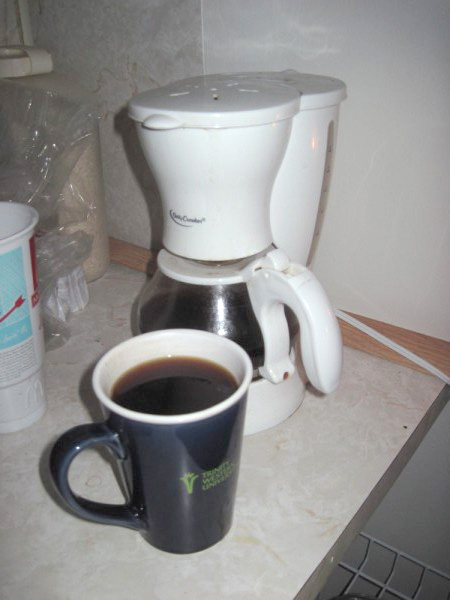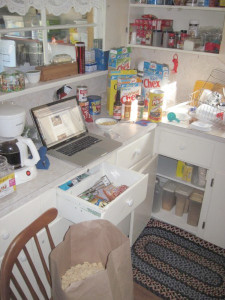Our Dear Partners and Friends,
We have been working on a new newsletter that fleshes out the details of our work and new ministry developments for First Nations mother-tongue Bible translation, but we have a pressing need related to the big picture that we would like you to join us in prayer about today.
Several persons in the Naskapi church and community have been reading the Bible in their own language more and more in the past few years since the dedication of the New Testament, and God has really been speaking to them in their heart language. More and more they desire to have Gods Word in their lives and to continue the work on the Old Testament, and reading the Bible to their children.
At the same time, there remain several other First Nations languages that are related to Naskapi that still do not yet have adequate access to the scriptures in their own language. To address this need, the Canadian Bible Society is partnering with Wycliffe and First Nations church leadership to convene a gathering with a view to building capacity for Bible translation in these languages.
The Naskapi who have been involved in working on their own translation could have a motivational, inspirational and partnering role with their Cree-speaking brothers and sisters who do not yet have the access to the scriptures that the Naskapi enjoy. Several Naskapi speakers are eager to come an share what it has meant to them, and to share the load by training or mentoring.
So we have been communicating with the Bible Society and church leadership to participate in these meetings, which are scheduled for June 9 and 10 in Prince Albert, Saskatchewan. We were hoping that a translator or a Naskapi lay-reader or church leader could come.
But here is the issue-today we realized that one of our Naskapi language specialists, Old Testament translator Amanda is planning to have her wedding day on June 7 (so she obviously can’t come!) But we were also hoping for Naskapi church lay-readers or translators to come.
However, of the main Naskapi church lay-readers, one (Cheyenne) is mother-of-the-bride, and another (Marianne) is the bride’s aunt. Silas, the church deacon (and our main translator), is officiating at the ceremony!
Yet, I have heard from Cheyenne again today and she feels that God would really want her to be at this Bible Translation gathering too, and has asked me if it would be possible for her to travel right after the wedding, and to arrive on the second day of the gathering.
She is praying about it, and so is the whole wedding party getting ready for a June Naskapi wedding.
We would ask you to pray about it too. Pray that everyone can have a wonderful day at the wedding. And then,
Pray that Cheyenne, and possibly Marianne or Silas or one other Naskapi can get a flight out of Schefferville the next day, and traveling via Montreal and Saskatoon, can arrive in Prince Albert in time to share what God has laid on their hearts about how He speaks to them now in their mother tongue.
Pray for all the participants of the meetings, for the bishops and other church leaders, and Bible Society and Wycliffe representatives (that’s us, Bill and Norma Jean) that we would listen to each other and to God and learn just how He is drawing these Nations to Himself in the language of their hearts, and how we and the Naskapi people are going to be used to help bring this about.
Thank you for your prayers. God is hearing and answering!
We are eager to share more of how God is at work in our lives and the lives of those we serve.
Love, Bill and Norma Jean


